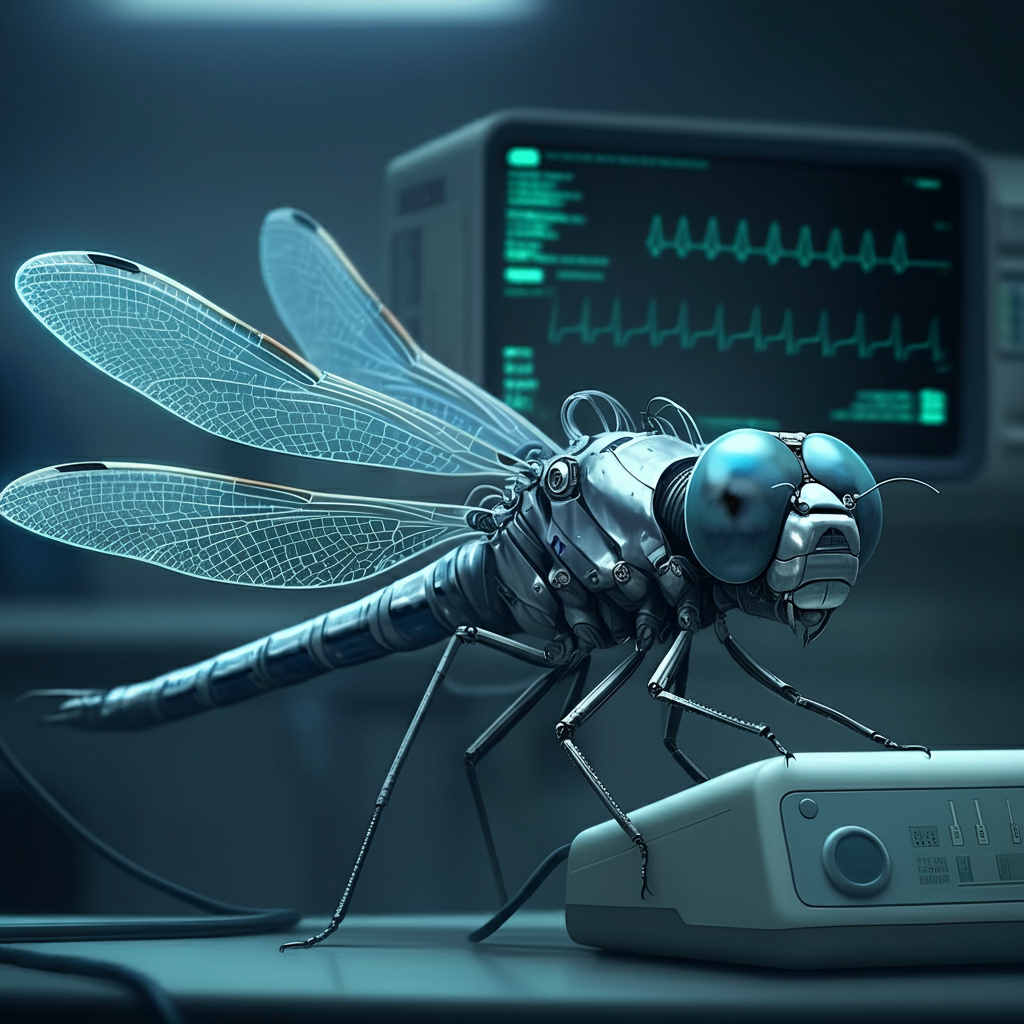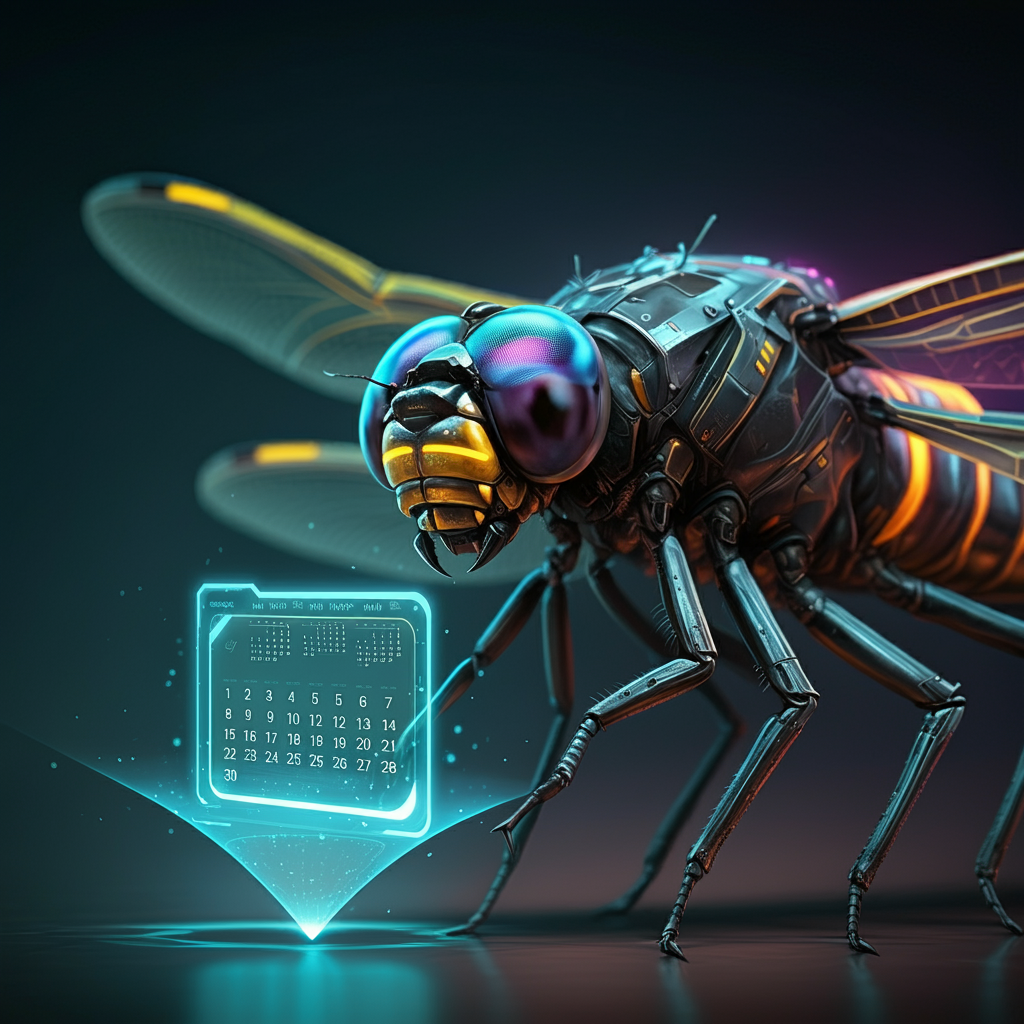We all love a smart home. From connected cameras to robot vacuum cleaners, our houses are more high-tech than ever. But here’s something most people in Singapore don’t realise:
Your home network could be part of a global cyberattack-and you wouldn’t even know it.
Yeah, sounds dramatic. But as we’ll show you in the video below, this isn’t sci-fi. It’s already happening, and Singapore is right in the middle of it.
🎥 Watch the below to see how your devices might be caught up in something bigger.
Singapore: A Surprising Cyberattack Hotspot
According to Cloudflare’s latest threat report, Singapore is now the second biggest source of DDoS attacks in the world. That doesn’t mean Singaporeans are the hackers-but it does mean a lot of hacked devices are sitting in our homes, quietly helping to launch attacks overseas.
In just the first half of 2025:
- Cloudflare blocked 27.8 million DDoS attacks-more than all of last year.
- The biggest ones peaked at a staggering 7.3 terabits per second.
- Attackers are now using quick, intense bursts-some lasting just 45 seconds-to avoid being caught.
- And ransom DDoS attacks (where hackers demand money) shot up by 68%.
And yes, many of those attacks came through everyday home routers, cameras, and smart devices-like yours.
Who’s Behind All This?
One of the more dangerous hacker groups recently spotted targeting Singapore is called UNC3886. Sounds like a Star Wars droid, but it’s far from harmless.
UNC3886 is what experts call an APT-Advanced Persistent Threat. These are the elite teams of the hacking world, often state-backed and armed with tools that most regular folks (or even IT pros) can’t detect. They’re like cyber ninjas: silent, sneaky, and deadly.
They break into systems through unpatched vulnerabilities-those secret backdoors in your router or smart devices that you didn’t even know existed. Once inside, they can:
- Steal passwords
- Spy on your activity
- Stay hidden for months or even years
- Reinfect your system even if you think you’ve cleaned it
How Does This Affect You?
In 2024, over 2,700 Singapore homes had devices hijacked and roped into a massive global botnet. These infected gadgets weren’t just spying on the homeowners-they were being used to launch cyberattacks on others. That’s 2,000 out of every 100,000 homes (compared to a burglary rate of only 7 per 100,000 homes!)
That’s how Singapore climbed the charts as a DDoS attack source. Most people had no idea their homes were part of it.
And it’s not just some geeky router stuff either. Common targets include:
- Wi-Fi routers
- Smart cameras
- Baby monitors
- Smart TVs
- Cheap IoT devices
These devices are convenient-but also convenient for hackers, if left unsecured.
How to Protect Your Digital Home
You don’t need to be a cybersecurity expert to protect your home network. Start with these simple steps:
🔒 Update your devices regularly
This includes your router, smart lights, cameras-everything connected. Just like how your phone gets software updates, so do these. Skipping them leaves you wide open.
🔑 Use strong, unique passwords
No more “admin123” or “password”. If your device allows it, turn on two-factor authentication.
📈 Check your router or ISP dashboard
Many routers show a list of connected devices. If you see something weird, it might be time for a reset.
🛡️ Consider extra security help
Otonata has expertise beyond basic precautions a layperson could take. Our Network Scan will help you identify the potential threats already present in your home.
Don’t Be the Weak Link
Think of your home network like your HDB flat or condo unit. You wouldn’t leave the front door wide open overnight, right? So why do the digital equivalent?
If your devices are compromised, you’re not just at risk-you’re helping hackers hurt others.
By taking a few simple precautions, you’re not only protecting yourself, but also doing your part to make the internet safer for everyone.
So go ahead—watch the video, check your devices, and lock your digital doors.
If this keeps you up at night, drop us an note below and we’ll increase your cybersecurity and decrease your risk (and worries!)



